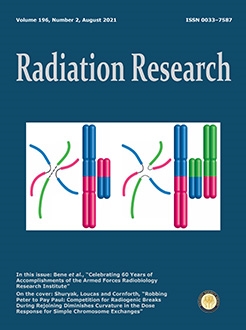In the event of a radiological attack or accident, it is more likely that the absorbed radiation dose will be heterogeneous, rather than uniformly distributed throughout the body. This type of uneven dose distribution is known as partial-body irradiation (PBI). Partial exposure of the vital organs, specifically the highly radiosensitive intestines, may cause death, if the injury is significant and the post-exposure recovery is considerably compromised. Here we investigated the recovery rate and extent of recovery from PBI-induced intestinal damage in large animals. Rhesus macaques (Macaca mulatta) were randomly divided into four groups: sham-irradiated (0 Gy), 8 Gy PBI, 11 Gy PBI and 14 Gy PBI. A single dose of ionizing radiation was delivered in the abdominal region using a uniform bilateral anteroposterior and posteroanterior technique. Irradiated animals were scheduled for euthanasia on days 10, 28 or 60 postirradiation, and sham-irradiated animals on day 60. Intestinal structural injuries were assessed via crypt depth, villus height, and mucosal surface length in the four different intestinal regions (duodenum, proximal jejunum, distal jejunum and ileum) using H&E staining. Higher radiation doses corresponded with more injury at 10 days post-PBI and a faster recovery rate. However, at 60 days post-PBI, damage was still evident in all regions of the intestine. The proximal and distal ends (duodenum and ileum, respectively) sustained less damage and recovered more fully than the jejunum.
How to translate text using browser tools
27 May 2021
Differential Recovery of Small Intestinal Segments after Partial-Body Irradiation in Non-Human Primates
Junru Wang,
Sarita Garg,
Reid D. Landes,
Liya Liu,
Qiang Fu,
John Seng,
Marjan Boerma,
Karla Thrall,
Martin Hauer-Jensen,
Rupak Pathak
ACCESS THE FULL ARTICLE

Radiation Research
Vol. 196 • No. 2
August 2021
Vol. 196 • No. 2
August 2021




